With spring just around the corner, many gardeners are getting excited to get their plots in shape for warmer weather. Planting a variety of flowers and vegetables is an excellent way to make any garden look more attractive and abundant. But can you plant paperwhites outside? Do they belong outdoors or just on window sills? Those questions are exactly what we are here to answer today, so read on! If you’ve heard conflicting information about these lovely blooms, here’s where we’ll add clarity – as this article lays out why paperwhites make great outdoor plants (and where you should not), what kind of soil they like best, how deep to plant them, when it’s time to say goodbye and more.
Paperwhites
Paperwhites, with the scientific name Narcissus papyraceus, are dainty white flowers belonging to the daffodil family. [1] They are native to the western Mediterranean region, including Greece, Portugal, Spain, and Morocco. The ‘paperwhite’ name is a nod to the plant’s beautiful, glossy white flowers, which are typically in bloom from January to April.
The history of paperwhites is rich and colorful. They have long been cultivated for their beauty and fragrance, with evidence of their cultivation dating back to ancient times, as they often appear in Greek and Roman mythology. In fact, the genus name Narcissus is believed to have been derived from the Greek myth of Narcissus, a man who fell in love with his own reflection. This could symbolize the irresistible beauty of the paperwhite flowers.
Paperwhites have been grown as ornamental plants for centuries and are particularly popular during the winter months, thanks to their ability to be ‘forced’ into blooming indoors. Their strong, sweet fragrance and pure white blossoms, standing tall above dark green, strap-like leaves, make them an attractive addition to any indoor or outdoor garden. However, despite their Mediterranean origin, paperwhites are quite hardy and can tolerate a variety of climates, making them a versatile choice for gardeners worldwide.
Characteristics & Types
Paperwhites are characterized by their slender, hollow stems, standing about 12-18 inches tall, each bearing multiple star-shaped flowers with a central cup or disc. The flowers are usually pure white, but can sometimes have a yellow or greenish tinge at the center. The leaves are dark green, linear, and somewhat flattened.
There are several types of paperwhites, each with distinct features. The ‘Ziva’ variety is the most popular for indoor forcing and has the strongest fragrance. ‘Galilee’ paperwhites offer a more subtle scent and have larger flowers. ‘Inbal’ is another variety noted for its gentler fragrance, making it a favorite choice for people sensitive to strong floral scents. ‘Ariel’ is an early bloomer with large, robust flowers. ‘Bethlehem’ is renowned for its elegant, cup-shaped blossoms and slightly more moderate growth habit. Each of these varieties adds a unique charm and appeal to the garden, while maintaining the traditional allure of the paperwhite flower.
Popularity of Paperwhites as outdoor decoration
Paperwhites are a popular choice for outdoor decoration not only for their aesthetic appeal but also for their relative ease of cultivation. Their hardy nature and adaptability to various climates make them a suitable plant for different outdoor landscaping needs. They are often used as border plants in flower beds or naturalized in a lawn or woodland area. The flowers’ pure white color adds a stark contrast to the green foliage or darker surroundings, creating a visually pleasing landscape. Additionally, their late winter to early spring bloom time offers a breath of fresh floral air, especially in locations that see long, colorless winters.
Perhaps what sets paperwhites apart and contributes to their popularity is their ability to be ‘forced’ indoors in the colder months. This means they can be manipulated to bloom at an unnatural time by controlling their environment. As such, they provide the ability for year-round decoration, both inside and outside the home, with their delightful fragrance and delicate star-shaped flowers.
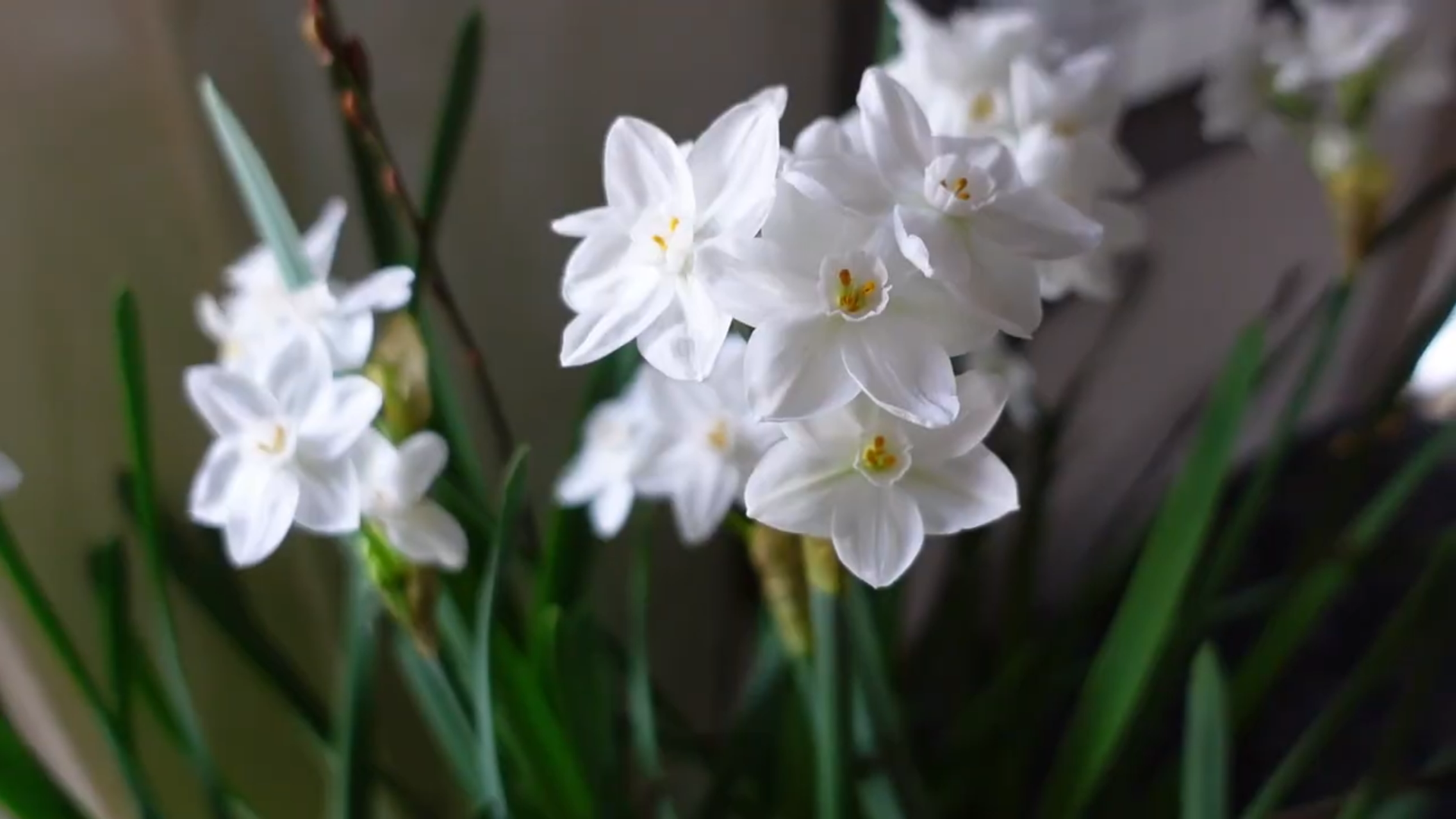
Considerations Before Planting Paperwhites Outside
When deciding to incorporate paperwhites into your outdoor garden, there are several key considerations to keep in mind. Firstly, the site selection is of utmost importance. Paperwhites prefer well-drained soil, full sun to partial shade, and a location that is sheltered from strong winds. Secondly, as bulbs, paperwhites should be planted in the autumn, with the pointed end facing upwards, and at a depth of about three times the height of the bulb. [2]
Spacing should also be considered to allow for the growth and spread of the plants. Thirdly, while paperwhites are generally hardy, in extremely cold climates they may need some winter protection, such as mulching, to help the bulbs survive. Lastly, it is important to remember that the scent of paperwhites can be quite strong. So, if you or anyone in your household is sensitive to strong fragrances, you might want to consider planting them at a distance from your frequently used outdoor areas.
Steps to Successfully Plant Paperwhites Outside
Before we delve into the detailed steps of planting paperwhites outdoors, it’s essential to remember that careful preparation is key to their successful growth. Let us now outline the specific steps to ensure that these fragrant blooms adorn your garden and fill it with their delightful scent.
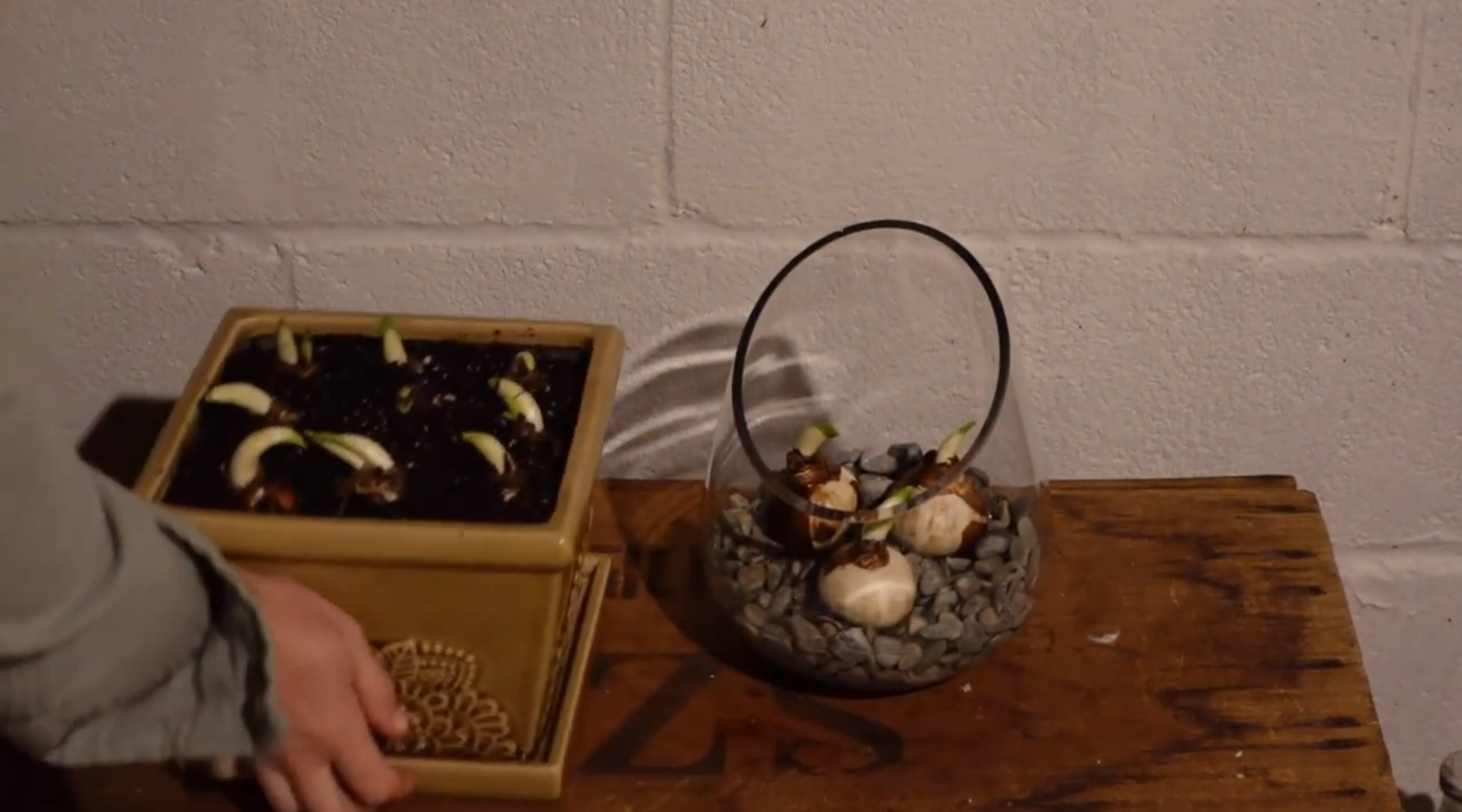
Planting Timing
The timing of planting is crucial for the successful growth of paperwhites. It influences their root development, growth, and blooming. The optimal period for planting falls in the autumn, specifically from late September to mid-November. This timeframe enables the bulbs to develop a robust root system prior to the ground freezing, ensuring they are well-prepared to sprout and flower when spring conditions become favorable.
Choosing the right day is equally important. A cloudy or overcast day is perfect for planting since it offers protection from the direct sun. However, if the soil is excessively wet from recent rain, it may be better to wait a few days until it has drained and dried out slightly. This is because overly wet conditions can lead to bulb rot.
In summary, the right planting time can make a significant difference in the success of your paperwhites. Take into consideration the season, time of day, and soil conditions to give your bulbs the best possible start.
Location Selection
Selecting an appropriate planting location for your paperwhites is just as crucial as timing your planting correctly. The location can greatly influence the growth, health, and flowering of these charming blooms.
Flowers thrive when situated in areas that receive full to partial sun, necessitating a minimum of 6 hours of direct sunlight each day to ensure their optimal growth. Make certain that the chosen area has good drainage, as stagnant water can result in bulb rot, potentially harming the plant. If the soil in your garden is heavy clay, consider amending it with organic matter to improve drainage or choose a raised location for planting.
In conclusion, when selecting a location for your paperwhites, consider the amount of sunlight, soil conditions, and surrounding structures or plants. A thoughtfully chosen location will ensure your paperwhites flourish and bring joy with their fragrant blossoms.

Soil Preparation
Soil is often regarded as the lifeblood of the plant. It provides essential nutrients, water, and air that your paperwhites need to grow and thrive. The type and quality of the soil can significantly influence how well your plants grow.
When selecting soil for your paperwhites, drainage is a key factor to consider. Paperwhites prefer well-draining soil as it prevents water stagnation, which can cause bulb rot. The soil should be loose enough to allow water to seep through quickly, yet retain enough moisture to keep the roots hydrated.
The best type of soil for paperwhites is loamy soil. Loamy soil is a balanced mix of sand, silt, and clay, enriched with organic matter. [3] This type of soil maintains an appropriate moisture level while also facilitating effective drainage. It also has a balanced pH, which is crucial for nutrient absorption.
In conclusion, understanding the importance of soil and choosing the right type for your paperwhites is a critical step towards successful gardening. A well-chosen soil will provide an optimal environment for your paperwhites to grow and bloom, showcasing their beautiful and fragrant blossoms.
Transplantation Technique
Now that we’ve established the importance of soil selection, let’s delve into the planting process. Follow the steps below to plant your paperwhites:
- Prepare your pot: Fill your pot 2/3 full with your selected loamy soil. Ensure that the pot has sufficient drainage holes to prevent water from accumulating and causing stagnation.
- Position your bulbs: Arrange the paperwhite bulbs on the surface of the soil, making sure to space them evenly for optimal growth. The pointed end of the bulb should be facing upwards.
- Cover the bulbs: Add more soil to the pot, covering the bulbs so that the tips are just visible above the surface.
- Water moderately: After planting, water the soil thoroughly. The soil should be damp but not waterlogged.
- Find a good location: Position the pot in a sunny spot that receives a minimum of 6 hours of sunlight each day.
- Monitor growth: Keep an eye on the growth of your paperwhites. Provide moisture to the bulbs when the uppermost 1-inch layer of the soil appears dry upon touch.
- Wait for Blooming: In about 4 to 6 weeks, the paperwhite bulbs will bloom and fill your home with their exquisite fragrance.
Remember, proper care after planting is equally important. Maintain the right conditions, and your paperwhites will reward you with a beautiful bloom.
Watering and Mulching
Watering and mulching are two vital components of maintaining healthy paperwhites.
Watering is essential as it facilitates the absorption of nutrients from the soil by the plant. Consistent watering ensures that the plant does not dehydrate and wilt. However, it’s crucial to water appropriately, as too much water can lead to bulb rot. Typically, you should water the bulbs when the uppermost inch of the soil feels dry to the touch.
Mulching, on the other hand, serves multiple purposes. It aids in soil moisture retention, preventing rapid drying. Mulch also serves as a protective layer, shielding the bulbs from extreme weather conditions. It also prevents the growth of weeds that might compete with paperwhites for nutrients. For proper mulching, apply a layer of organic mulch—like wood chips or shredded bark—around the plant’s base, ensuring not to heap it against the stem to prevent decay.
By watering and mulching effectively, you can ensure the healthy growth and blooming of your paperwhites.
Caring for Outdoor Paperwhites
Outdoor paperwhites require slightly different care compared to indoor ones. Here are some tips and life hacks to help you maintain your outdoor paperwhites:
- Sunlight: Ensure that your paperwhites receive ample sunlight, ideally around six hours a day. However, in hotter climates, a little shade in the afternoon can prevent the flowers from wilting.
- Soil: Flowers thrive in soil that allows for proper drainage. If your soil is heavy clay or tends to stay soggy, consider amending with some organic material to improve drainage.
- Feeding: A slow-release bulb fertilizer can be beneficial. Apply this in spring as the bulbs are growing.
- Deadheading: To promote the growth of fresh blooms, it is important to remove faded flowers from the plant, redirecting its energy towards producing new blossoms.
- Winter Care: In colder regions, consider digging up the bulbs and storing them indoors over winter. Replant in early spring for a burst of fresh blooms.
By following these tips, your outdoor paperwhites can thrive and provide you with a beautiful and fragrant garden display.
Decorative Ideas for Home and Garden
Paperwhites are not only beautiful additions to your garden, but they can also be used to enhance the décor of your home. Their elegant white blooms and fresh, sweet scent make them an excellent choice for various decorative ideas. Discover unique methods to integrate paperwhites into your home and garden design with these creative ideas:
- Table Centerpieces: Arranging fresh cut paperwhites in a clear glass vase can make for a stunning table centerpiece. You can also float the blooms in a bowl of water for a unique and elegant display.
- Indoor Pots: Plant paperwhites in decorative pots or containers and place them in your living room, kitchen, or bedroom. They can brighten up any indoor space with their vibrant blooms.
- Outdoor Borders: Planting paperwhites along the borders of your garden or walkway can create a beautiful frame that complements other plants and flowers.
- Hanging Baskets: Paperwhites can be planted in hanging baskets and placed on your porch or patio. This not only adds a touch of beauty but also fills your outdoor space with their delightful fragrance.
- Wreaths and Garlands: Use dried paperwhite flowers to create wreaths or garlands. These can be hung on your doors or used as wall décor. You can even add them to your holiday decorations for a natural touch.
With a bit of creativity, you can find countless ways to use paperwhites to enhance the aesthetic of your home and garden.
Frequently Asked Questions
Can I plant my paperwhite bulbs outside?
Yes, paperwhite bulbs can indeed be planted outside. They are hardy and adaptable, capable of thriving in a variety of climates. However, they perform best in regions with mild winters and long, hot summers. The bulbs should be planted in well-drained soil, about 3 to 4 inches deep, and spaced approximately 3 inches apart. Remember to water them regularly, especially during the growth and blooming periods.
Can paperwhites stay outside?
Paperwhites can indeed stay outside, provided they are given adequate care and the climate is suitable. If you live in a region with extreme winter conditions, it may be necessary to bring your paperwhites indoors. If temperatures are expected to dip below freezing, it is best to move them to a warm, draft-free location for the duration of the cold spell. Make sure to keep the soil moist, but not soggy, as too much water could lead to root rot. Remember that paperwhites will require more frequent watering during the blooming season.
Can paperwhites be planted outside after blooming?
Yes, paperwhite bulbs can be planted outside after they have bloomed. Once the flowers have died back, allow the foliage to continue growing until it naturally turns yellow and withers. This allows the plant to store energy in the bulb for the next growth cycle. Once the foliage has died back, the bulbs can be dug up, dried, and stored in a cool, dry place until it’s time to plant them outdoors. Plant the bulbs in well-drained soil, approximately 3 to 4 inches deep, spacing them about 3 inches apart. Water regularly, especially during the growth and blooming periods.
Do paperwhites come back every year?
Paperwhites are considered to be annuals, meaning they bloom once and then do not flower again. After the blooming period, the plant begins to die back. In warmer climates where the bulbs can remain in the ground all year, they may rebloom the next season. However, this is not always guaranteed and many gardeners find it more reliable to plant new bulbs each year to ensure a vibrant display. As always, proper care and attention can increase the chances of your paperwhites blooming for more than one season.
Useful Video: How to Plant Paperwhites
Conclusion
In conclusion, paperwhites are an elegant and popular option for outdoor decoration with their captivating, star-like blooms. Though they naturally bloom during the winter months, there are ways to keep them flowering all year long with proper care and attention. But if you want to play it safe, it’s best to just stick to planting paperwhites inside – that way you can enjoy their beauty without having to worry too much about a failed attempt when trying to cultivate them outside the comforts of home. If you do decide to take the challenge, there’s plenty of resources out there to help nurture your paperwhites and keep them blooming outdoors. At the end of the day, no matter which route you choose, be sure to take stock in their exquisiteness and admire their delicacy often! Now go forth and enjoy your paperwhites!
References:
- https://www.westonnurseries.com/paperwhite-narcissus/
- https://www.gardeningknowhow.com/ornamental/bulbs/paperwhites/growing-paperwhites-outdoors.htm
- https://www.southernliving.com/garden/guide-to-paperwhites-forcing-bulbs-planting-and-tips





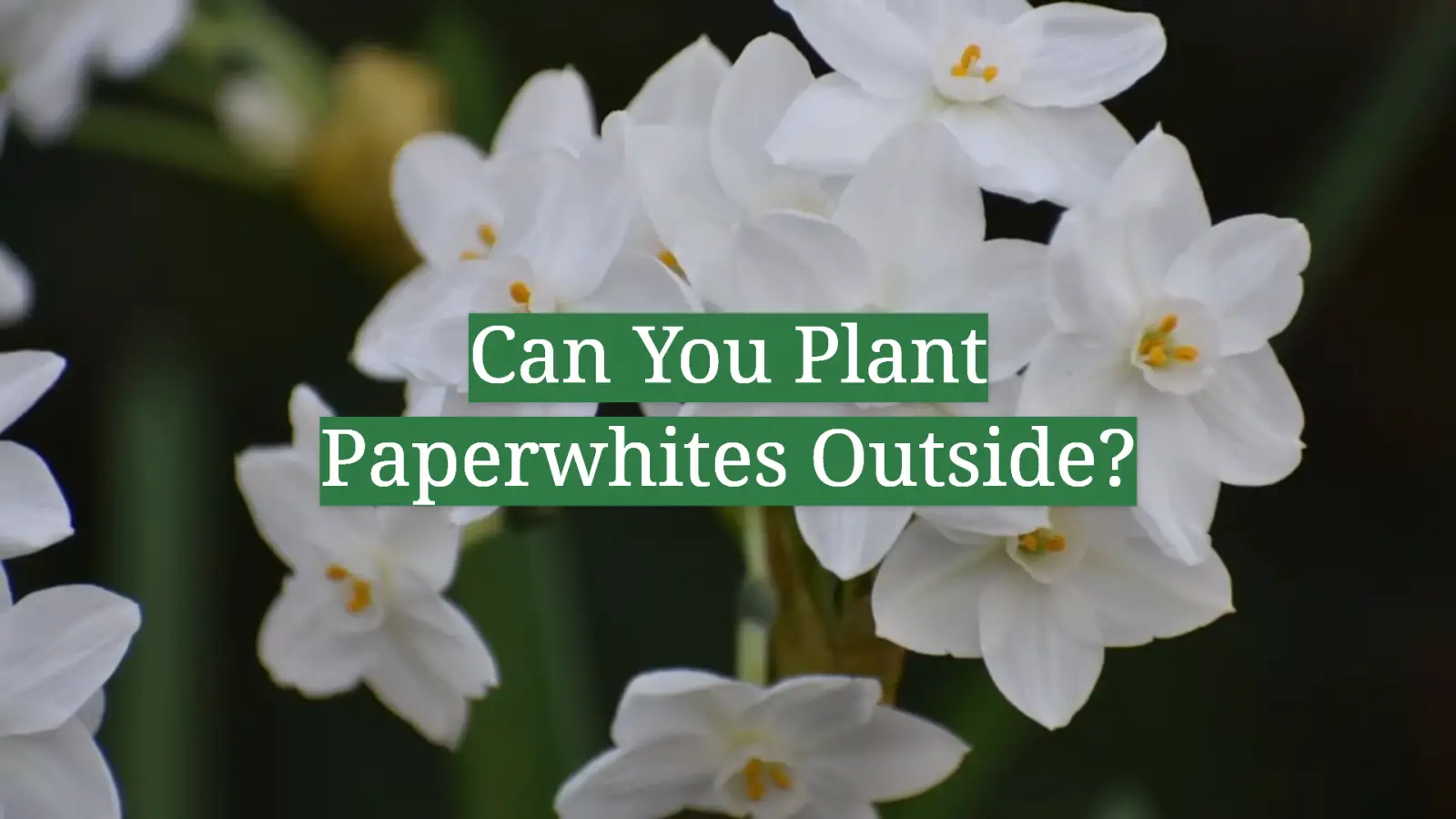
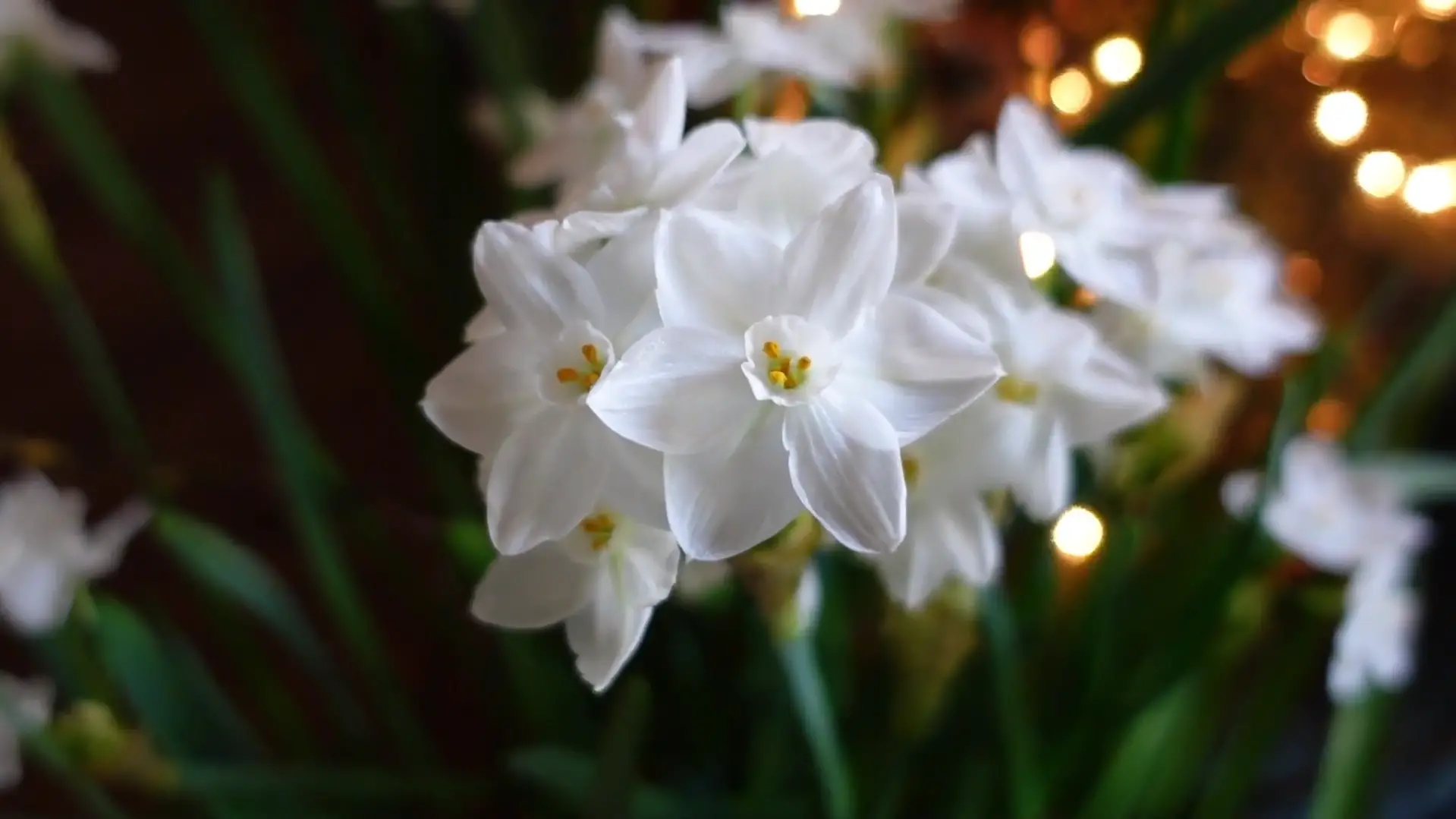
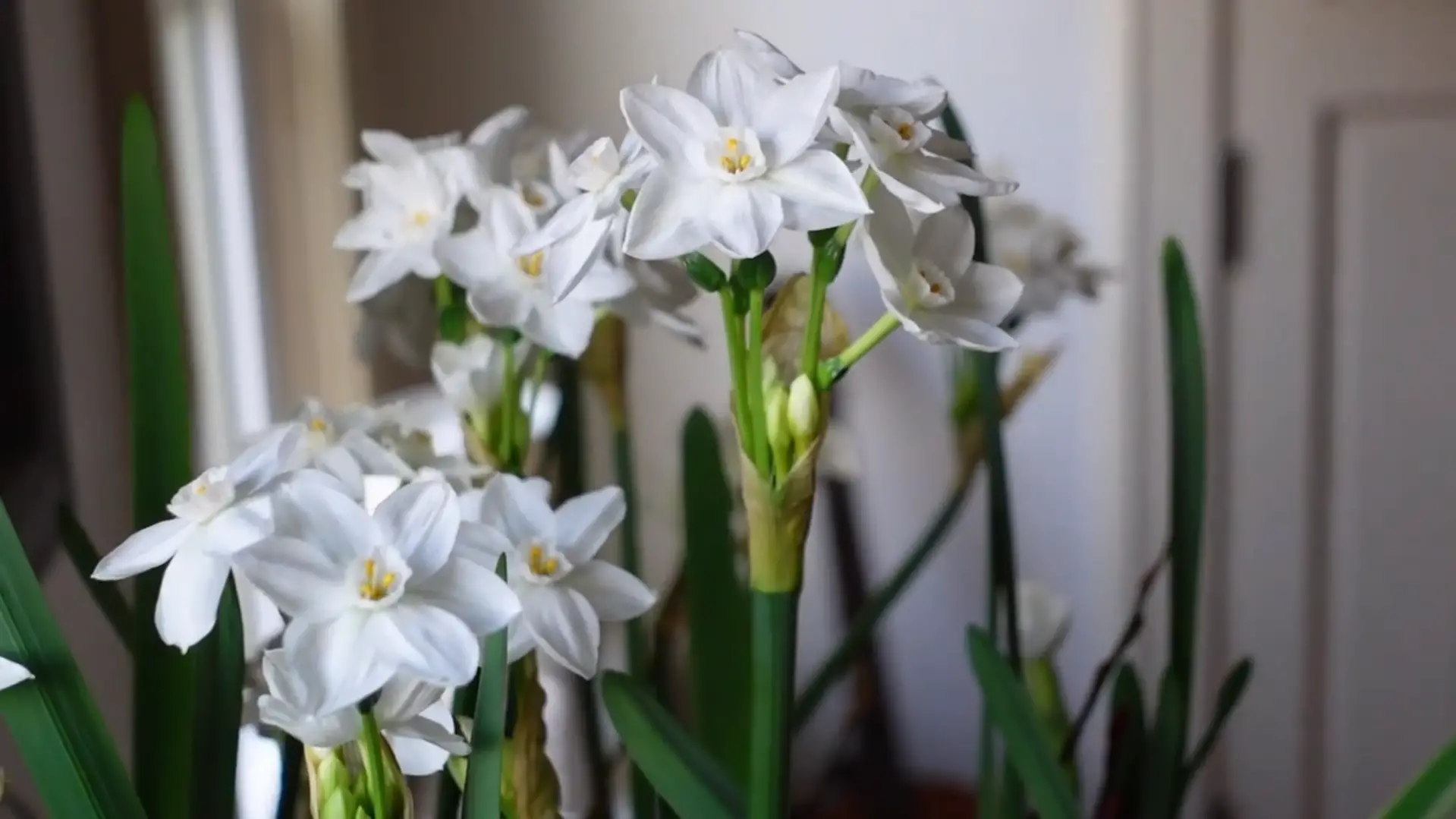
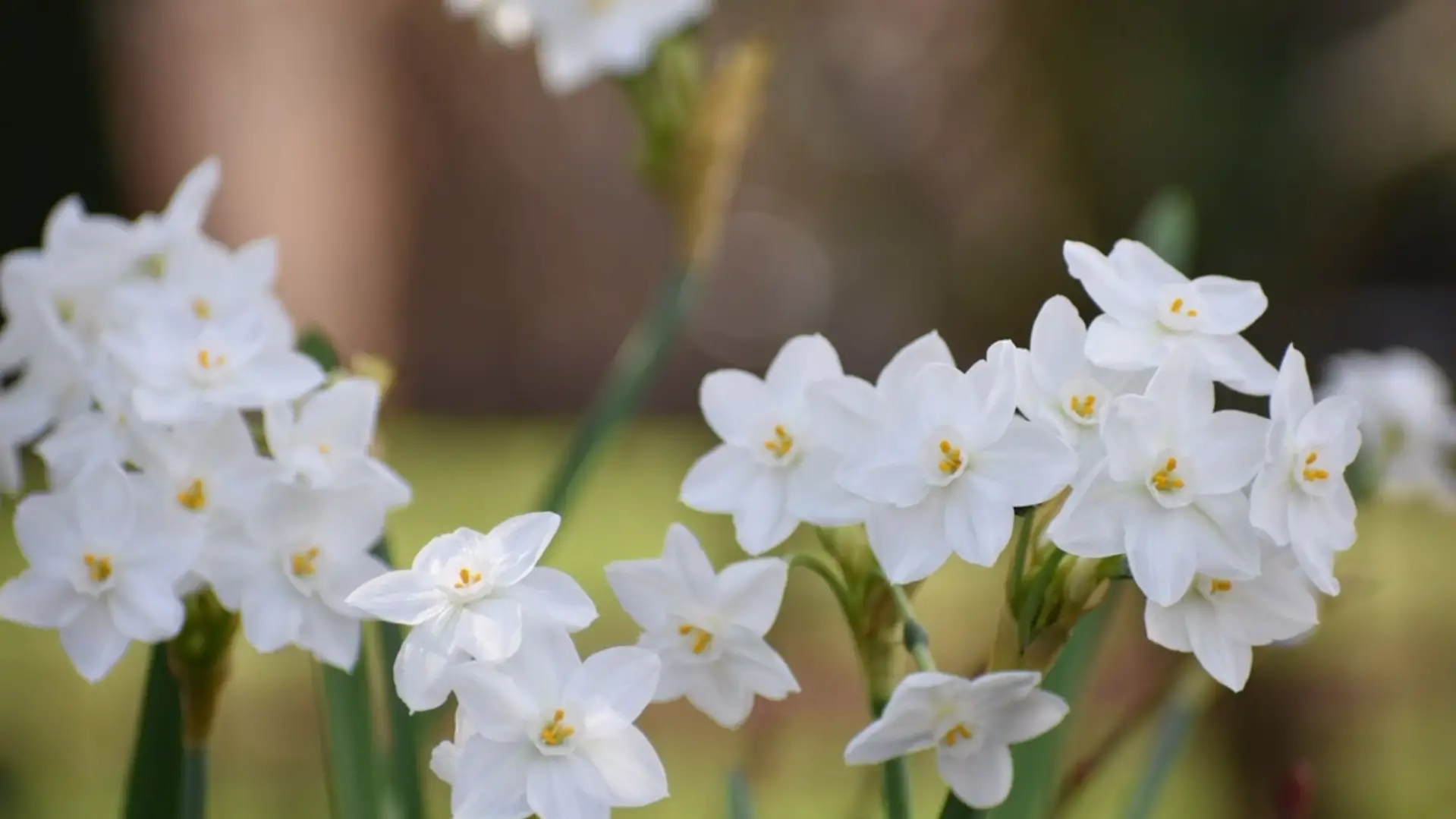




Leave a Reply
View Comments